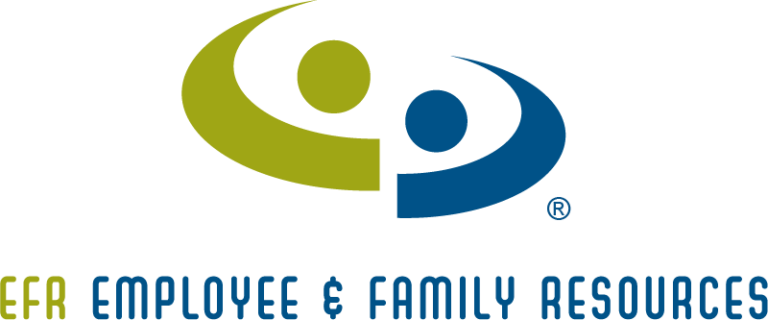January is the American Red Cross’ National Blood Donor Month. Celebrate by hosting a blood drive for your employees! After the holiday season of spending, it feels good to give back something at no cost that can truly save a life in your community. Everyone has blood to spare, yet there is still not enough to go around for those in need!
Blood is typically in short supply in the winter following the holiday season. According to the Red Cross, “National Blood Donor Month has been observed in January since 1970, with the goal of increasing blood and platelet donations during winter – one of the most difficult times of year to collect enough blood products to meet patient needs.”
Inclement winter weather often results in canceled blood drives. Seasonal illnesses like the flu also play a part in some donors becoming temporarily unable to donate. Replenish your local blood bank with your employees’ help! Blood drives are inexpensive, efficient and they save lives. They are also good for boosting employee morale.
SHRM published some tips on how to host a successful blood drive:
Contact the Red Cross or a local blood bank organization.
Essentially, after contacting the organization, the Red Cross or your local blood bank will “take it from there.” They’ll ask some questions about the work site, the number of employees the company anticipates will volunteer to donate, the company’s location, and some other questions to determine whether certain minimum requirements can be met. If the company meets these requirements, a representative will help to establish a mutual goal for the drive.
Determine a date, time and place for the blood drive.
Whether it’s setting up in a large room in your facility or allowing the “Bloodmobiles” to set up in your parking lot, there is always a way to accommodate space for your blood drive. Pick a date and time that would be convenient for most members of your organization.
Promote the blood drive internally through email, a company newsletter and word-of-mouth.
Get the word out to your employees about the blood drive the same way you share other news. Try posting a flyer on the workplace news board, sending it out through a company-wide email, or including a blurb about it in the company newsletter. Show your support of the blood drive through the leadership team by planning to participate yourself.
Consider providing employee donors with an appreciation gift
Provide an incentive to your employees to encourage giving back and participation. Sometimes it takes a little push to interrupt one’s work day for charity. Consider providing a T-Shirt, movie ticket or gift certificate to thank your employees for participating.
Turn it into friendly competition!
Some companies turn blood drives into a friendly competition between departments. Treat whichever department who has the most people participate in the blood drive to a catered lunch. This will build camaraderie within departments and will increase participation in the blood drive.
Consider hosting a blood drive multiple times a year. Blood can safely be donated every 56 days. Platelets can be given every seven days (up to 24 times a year). Also, your employees will enjoy the free juice and cookies that go along with blood donations!





